Published: 26 September 2025
School of Form x Warsaw University of Technology. The SPROUT Project
Author: Magdalena Miszewska
Two twin structures have recently appeared in the courtyards of SWPS University's School of Form and the Faculty of Architecture at Warsaw University of Technology. At first glance, these ceramic totems look like sculptures—but they offer much more than meets the eye.
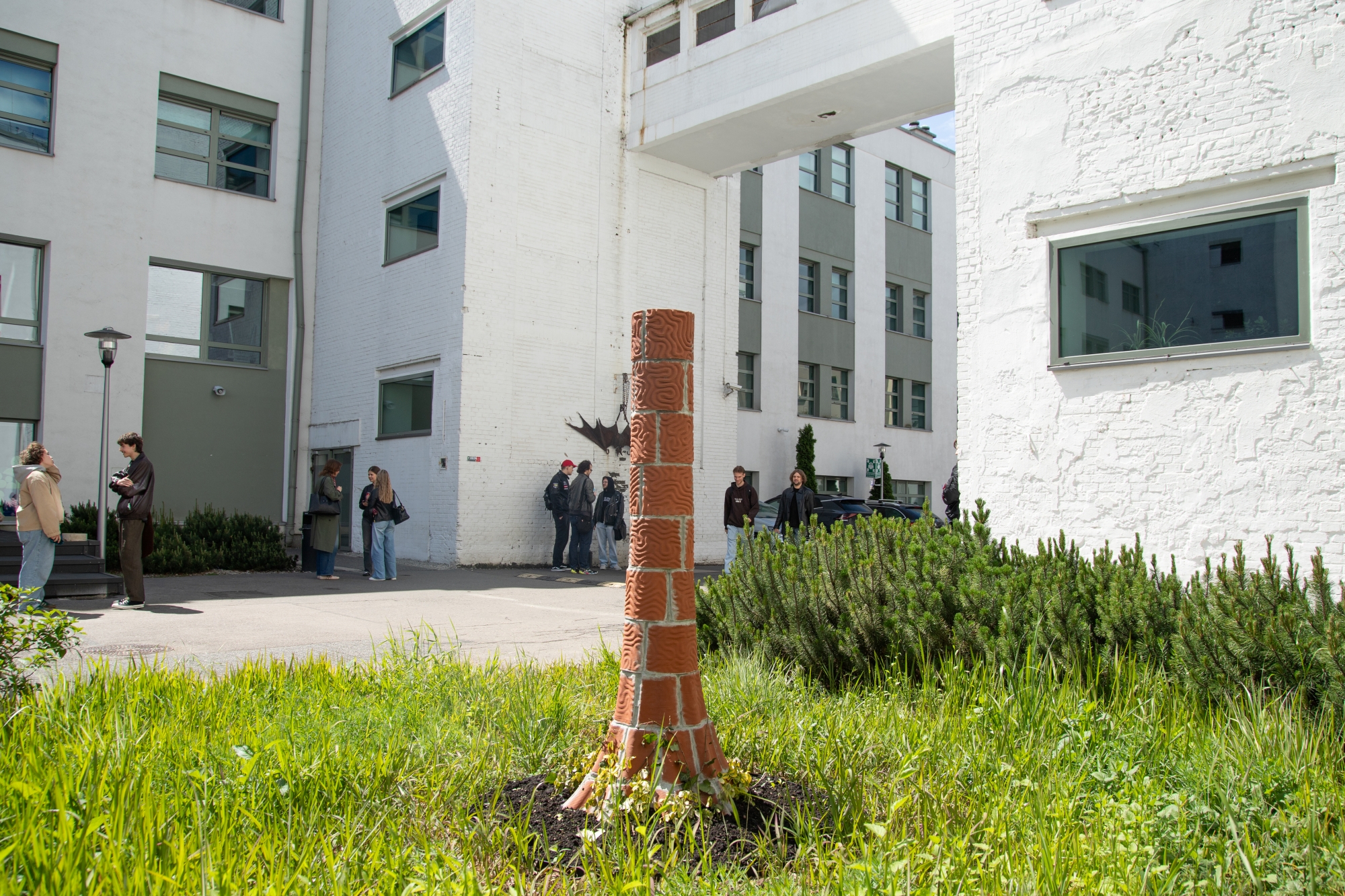
Terracotta totems
Each totem is composed of 54 terracotta elements, 3D-printed using a robot. Their design is inspired by the structure of lotus seed pods, and the organic patterns on the surface draw from natural growth processes—resembling tree branches or trailing vines. This motif is not just decorative: the grooves help retain moisture, allow light to filter through, and guide climbing plants as they spread across the surface. In this way, the totems seem to come alive, adapting to their environment and fostering an ongoing dialogue between technology, materials, and nature.
For now, the ceramic structures serve as decoration and provide shade. However, their potential extends even further. With future development, these totems could transform into partition walls, outdoor furniture, or even lighting fixtures. One intriguing idea is to repurpose them as structural pillars for a canopy, providing shelter from the sun and rain.
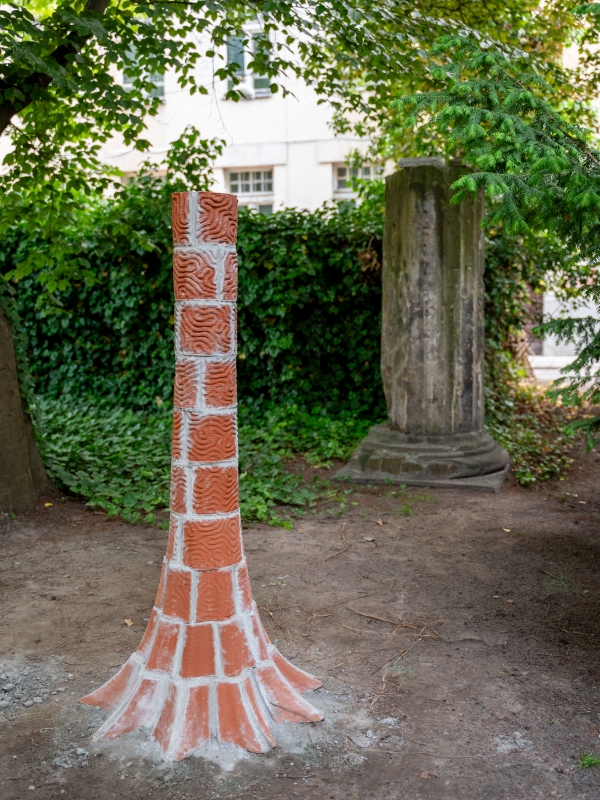
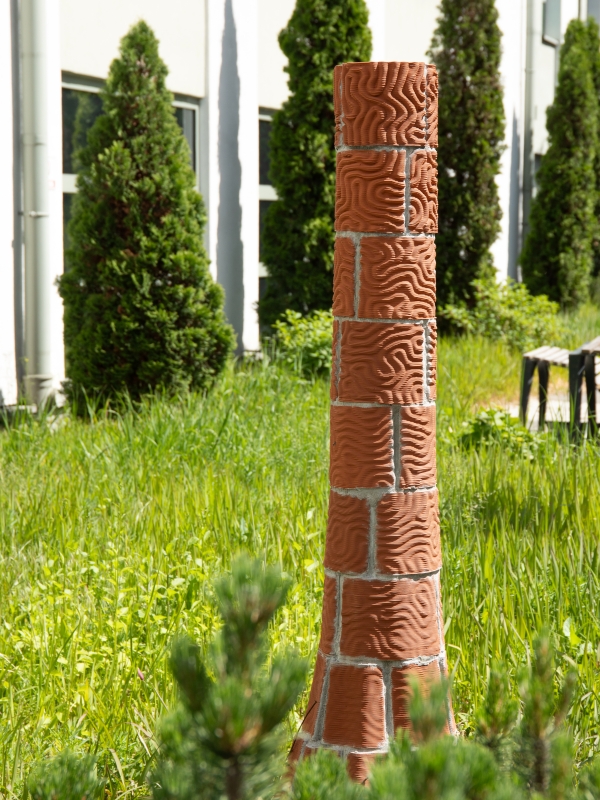
How SPROUT came to life
The first stage of the project was a thorough site analysis. Students from the School of Form interviewed the communities of both universities to understand how they utilize the courtyards, their perceptions of these spaces, and what improvements they would like to see. The most common needs included comfortable seating and dining options, better lighting, protection from the elements, and increased greenery.

Through their research and analysis, the team noticed striking similarities in spaces that at first glance seemed very different. The courtyards differ in where they are situated on campus, how they connect to their surroundings, and in their overall character and layout. But conversations with users of both spaces revealed that many of their expectations were similar, shaped by the shared rhythm of academic life. That insight became the starting point for designing objects that link the two spaces and highlight their common ground.
Mikołaj Łątkowski
SWPS University lecturer responsible for the research and contextual part of the project
The next stage involved developing concepts and experimenting with designs. Three teams from Warsaw University of Technology came up with ideas for objects that could enhance the usability of the courtyards. A vote among all project participants decided the winning concept, which was then enriched by incorporating the strongest elements from the other two proposals. The project was brought to life with the help of advanced technology—the KUKA robot enabled students to create ceramic forms impossible to achieve with traditional methods.

One of the key challenges of the SPROUT project was developing a 3D printing process using the KUKA robot. This required an interdisciplinary approach, as the work extended far beyond fabrication. It involved designing and building a custom tool for the robot, determining the correct proportions of the ceramic material, and creating a parametric script to define the robot arm's movement trajectory. Testing the technology meant spending many hours in the KUKA lab, going through numerous trials, errors, and failed attempts, all of which became an essential part of the research process. What surprised me the most was how quickly the students overcame these challenges and mastered the complex aspects of this new technology.
Sara Boś
Head of the KUKA Workshop and Numerical Machines Workshop
The making of SPROUT at the School of Form...
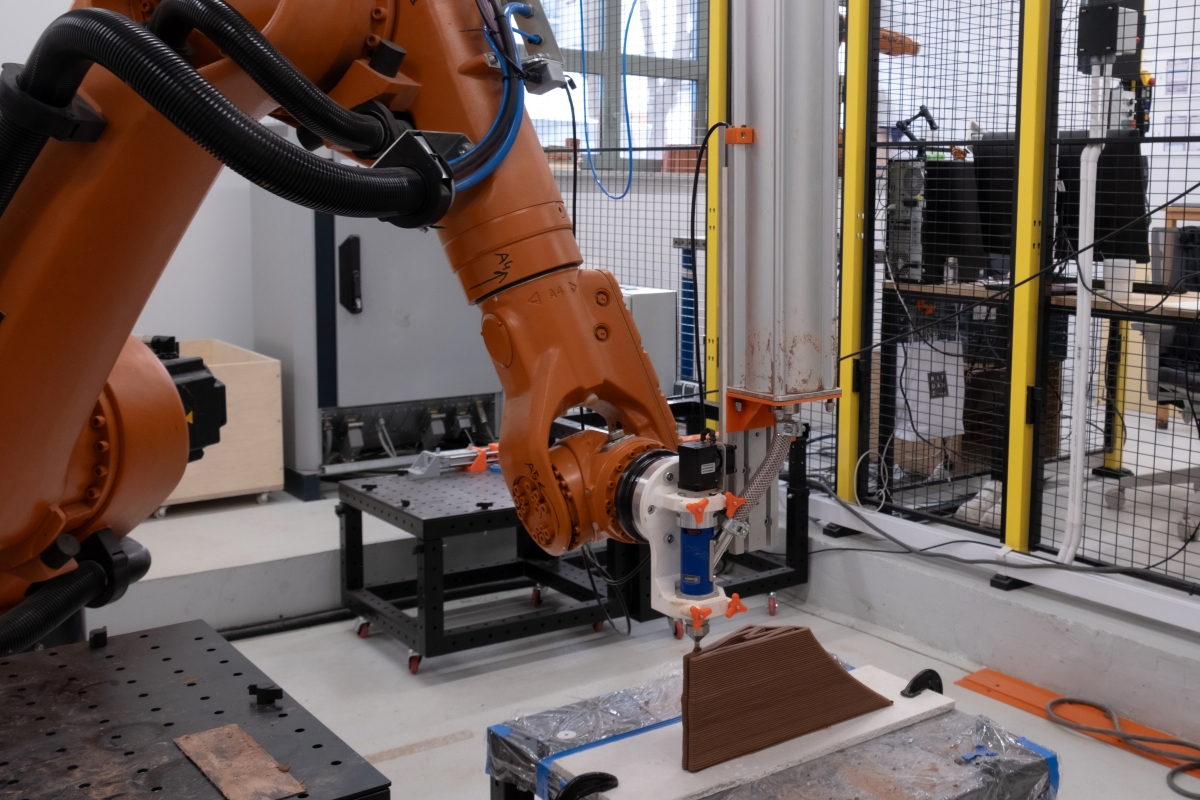
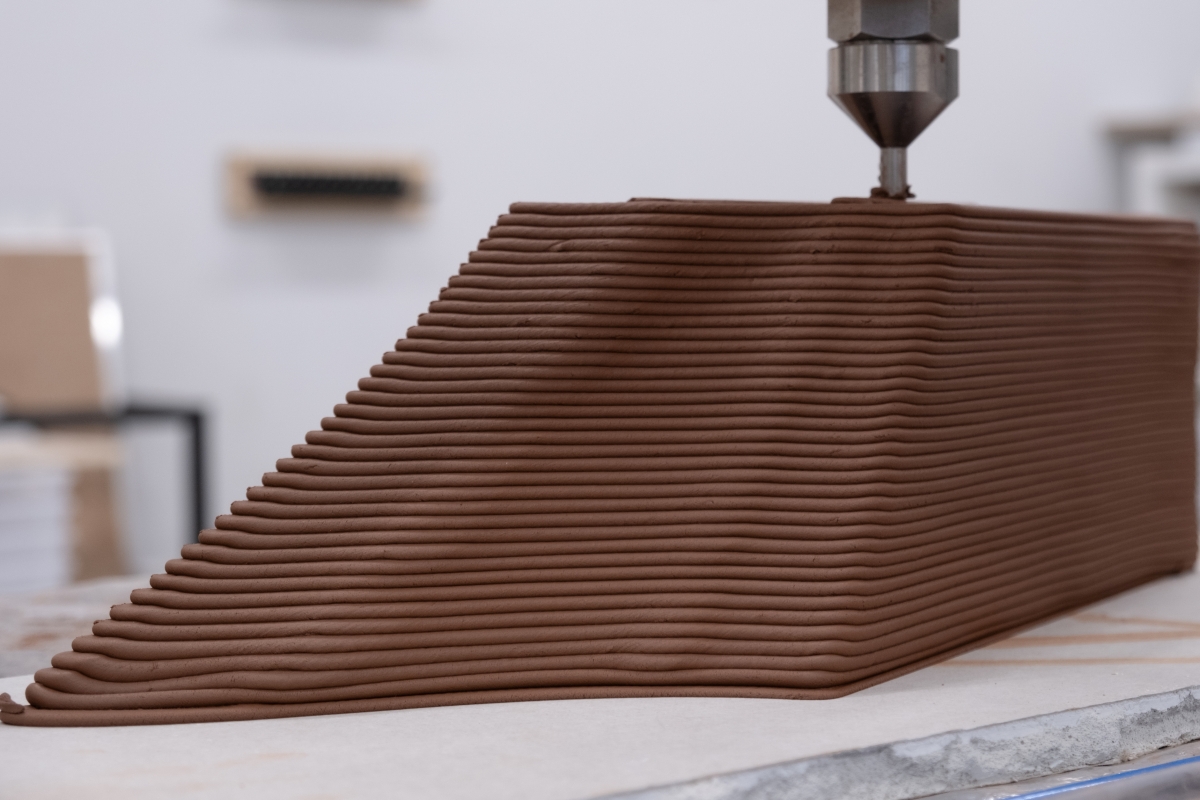
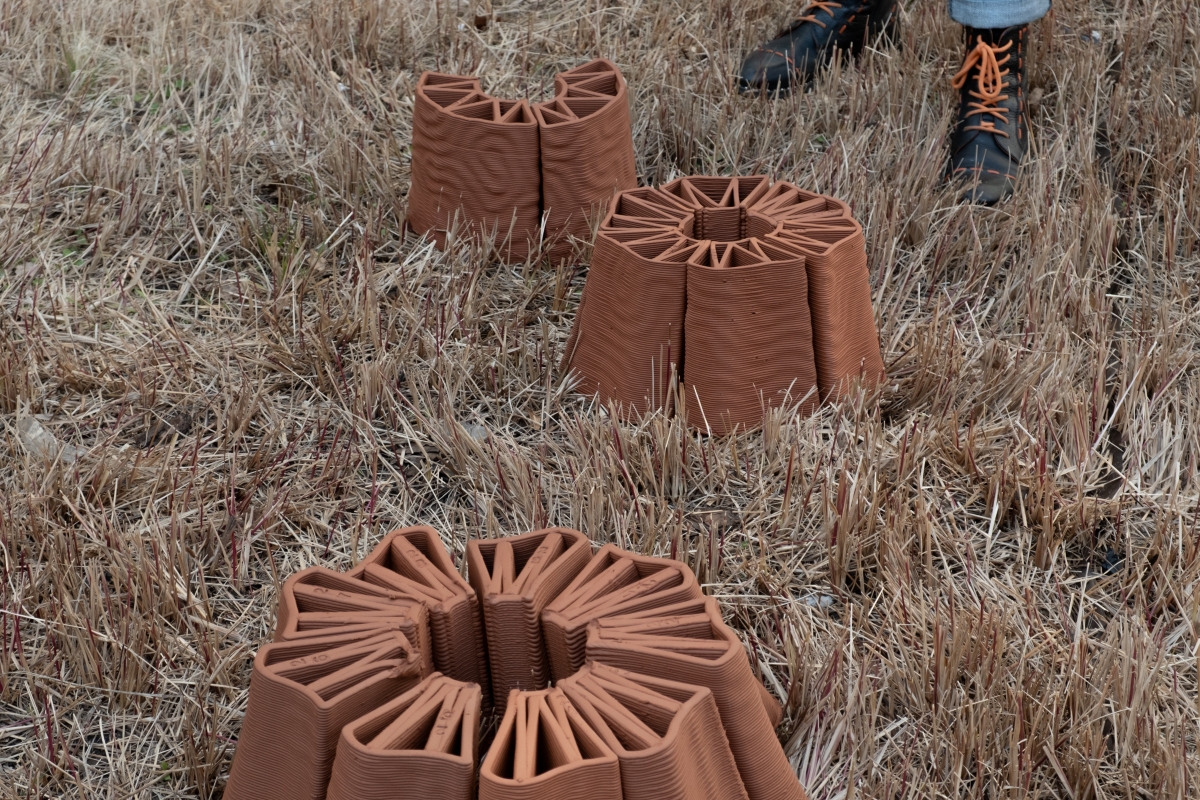
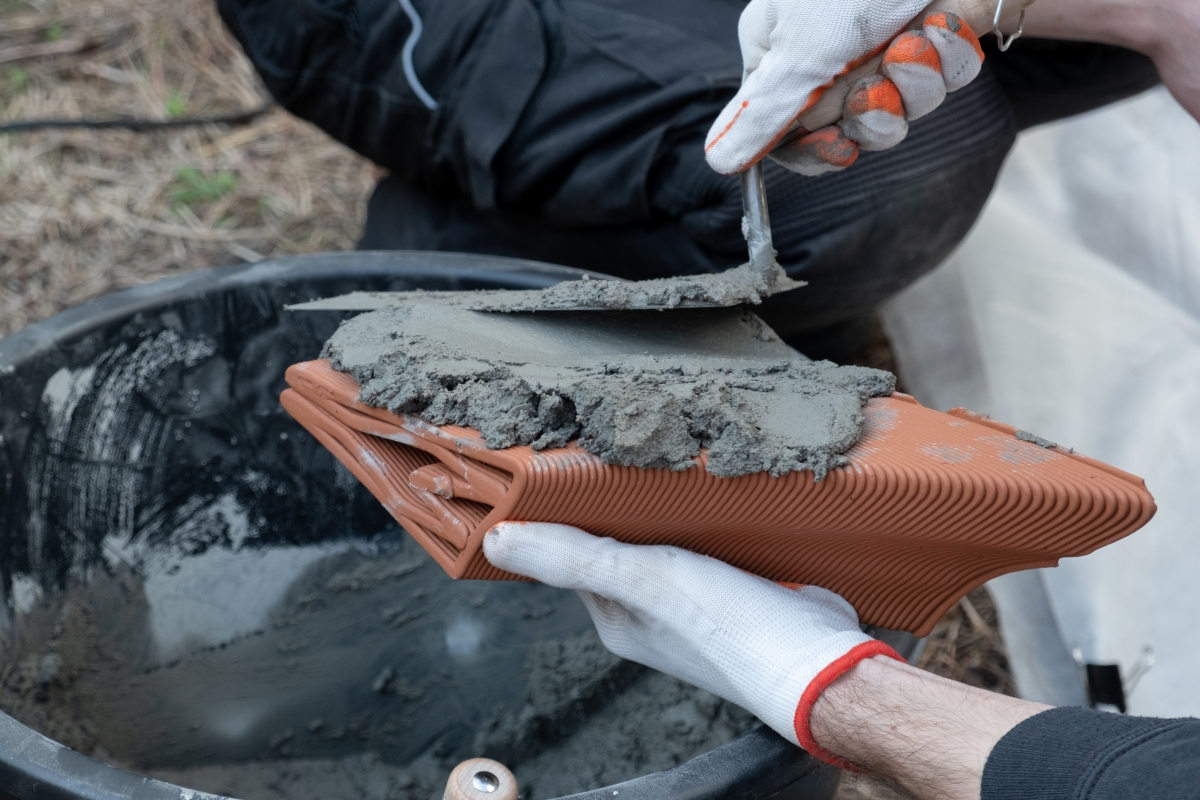
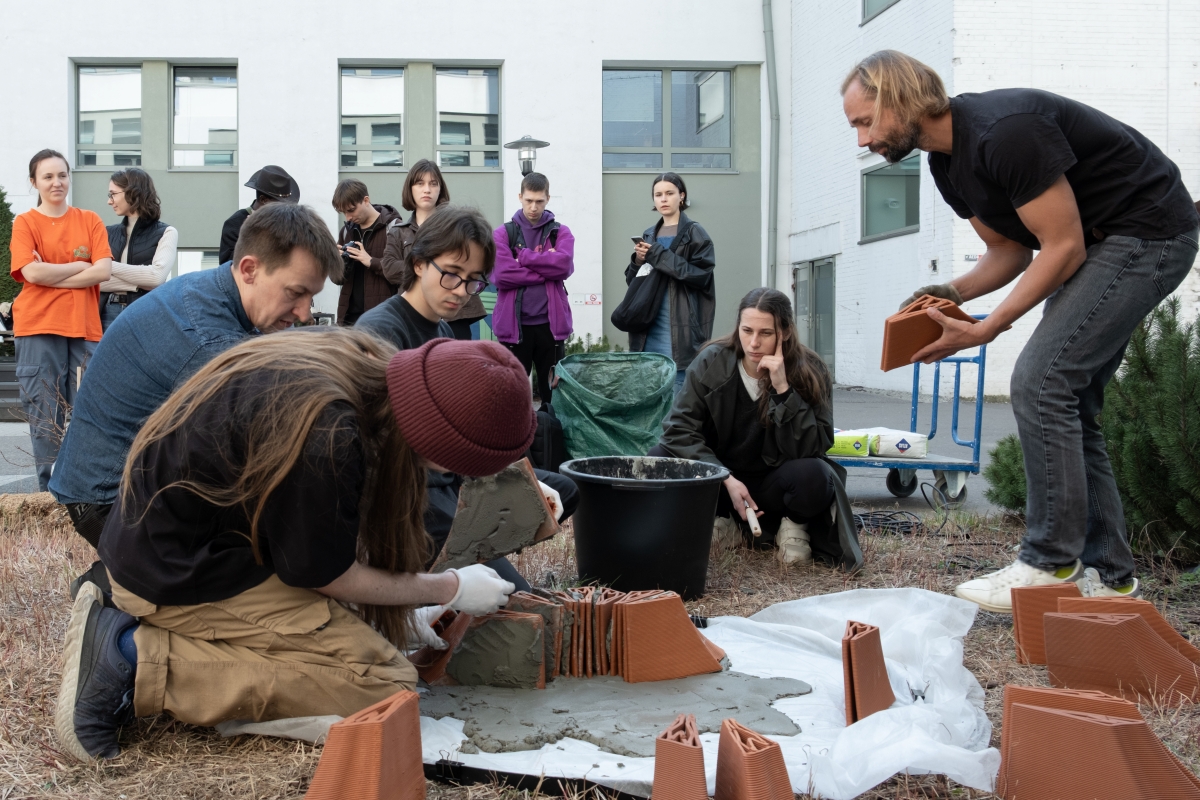
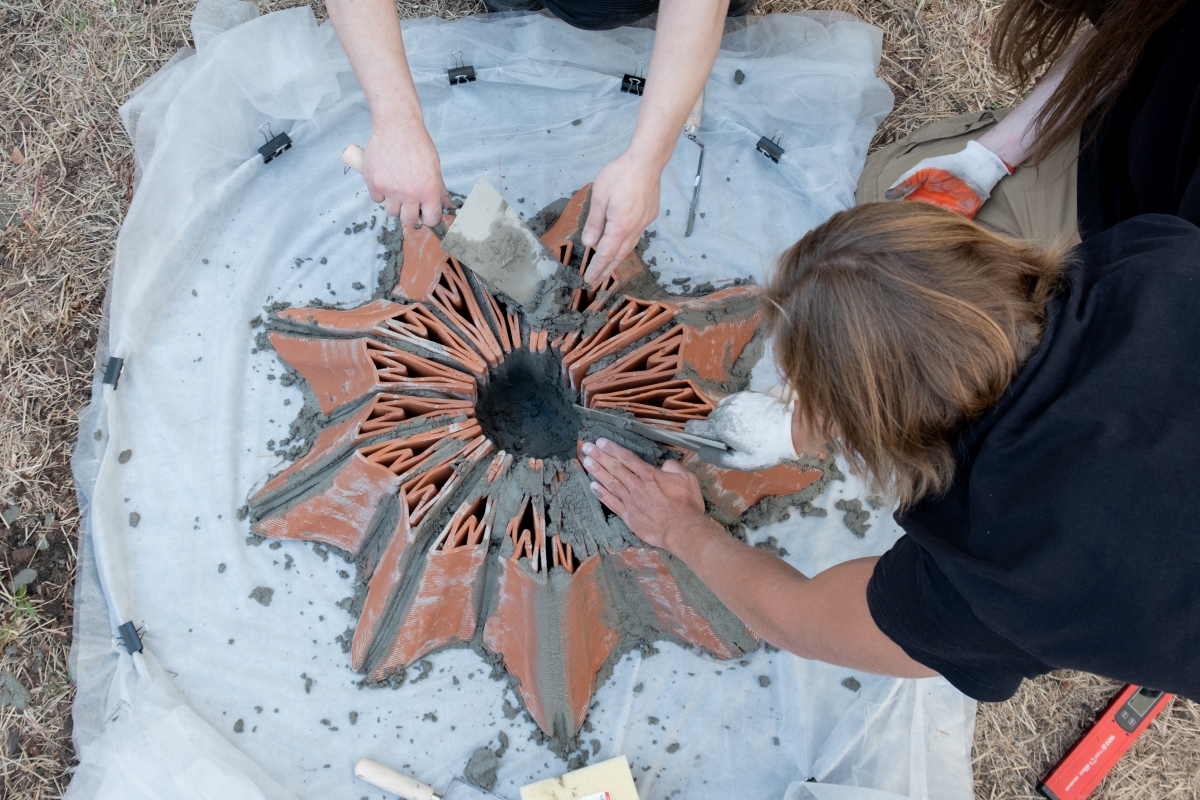
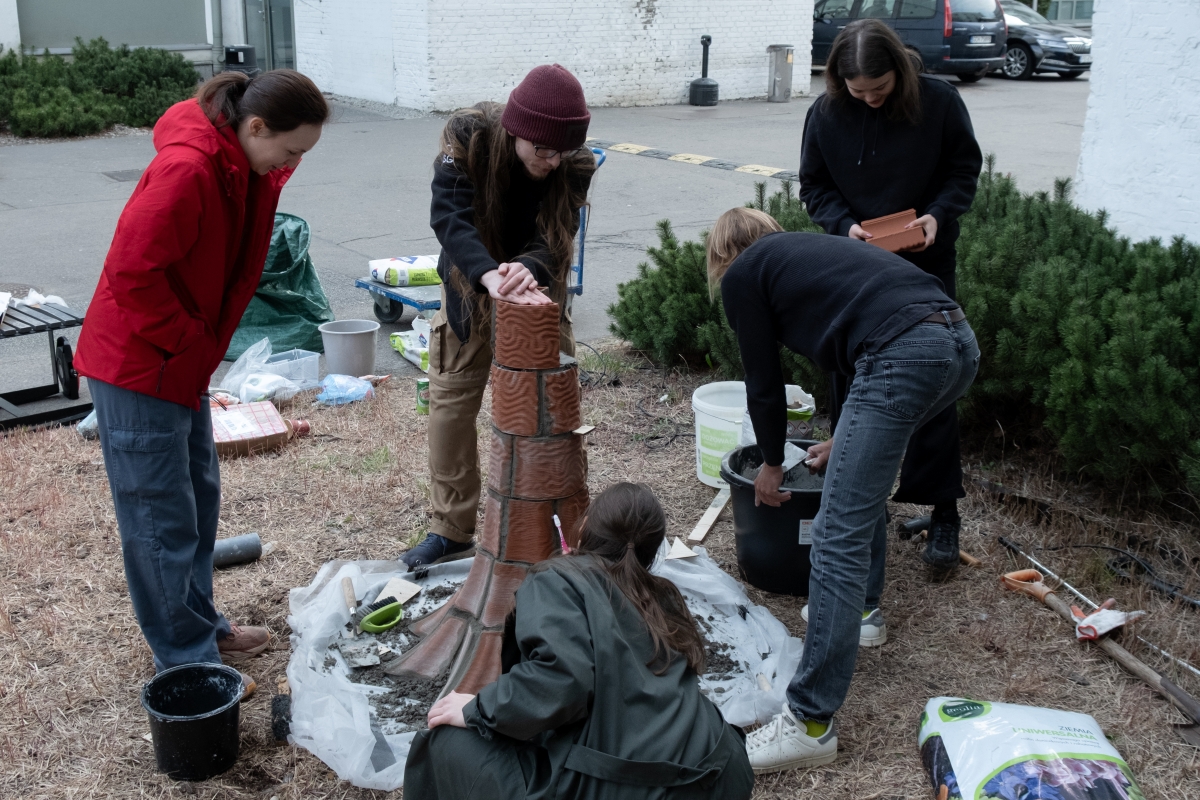
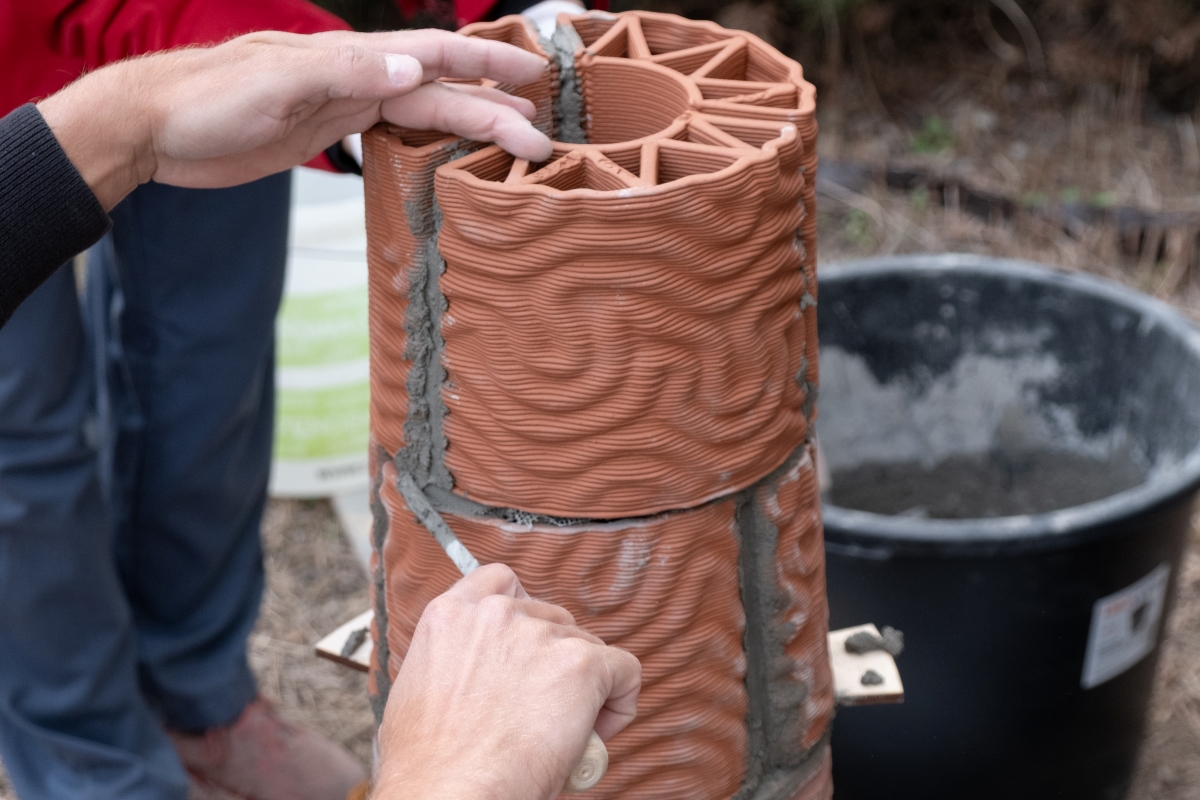
and at the Warsaw University of Technology
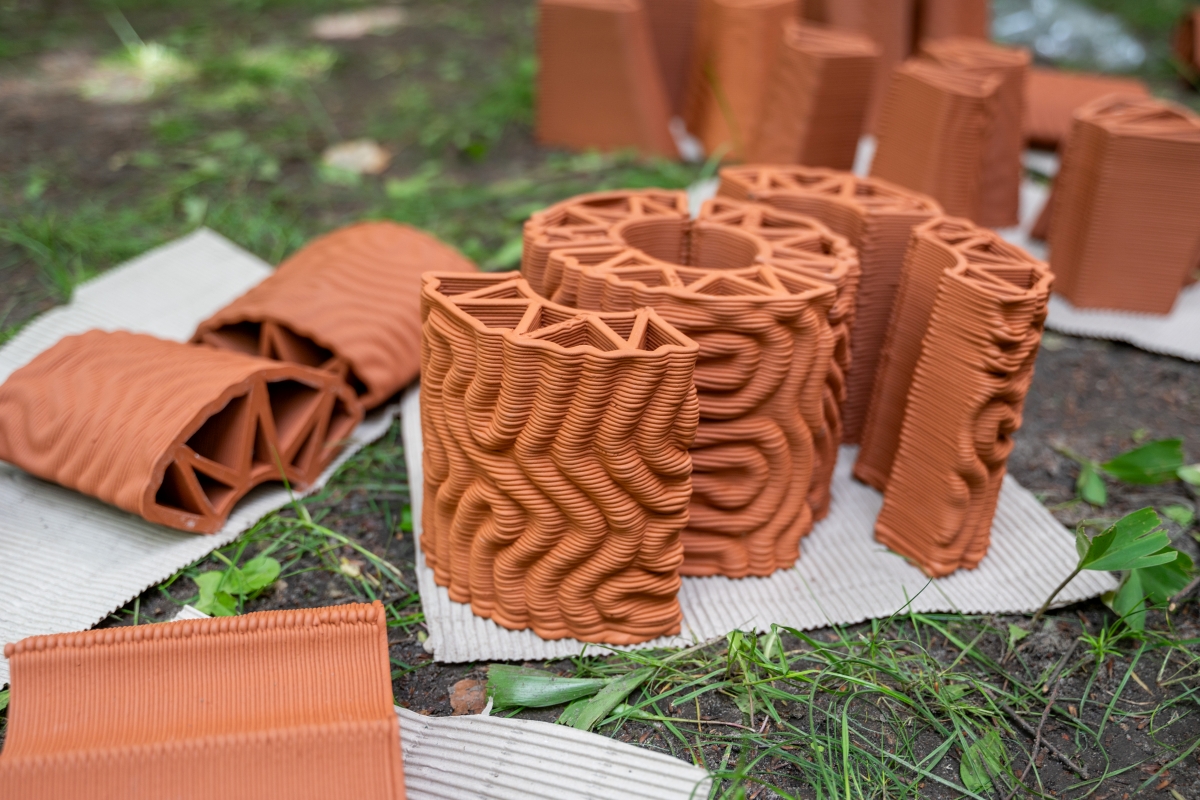
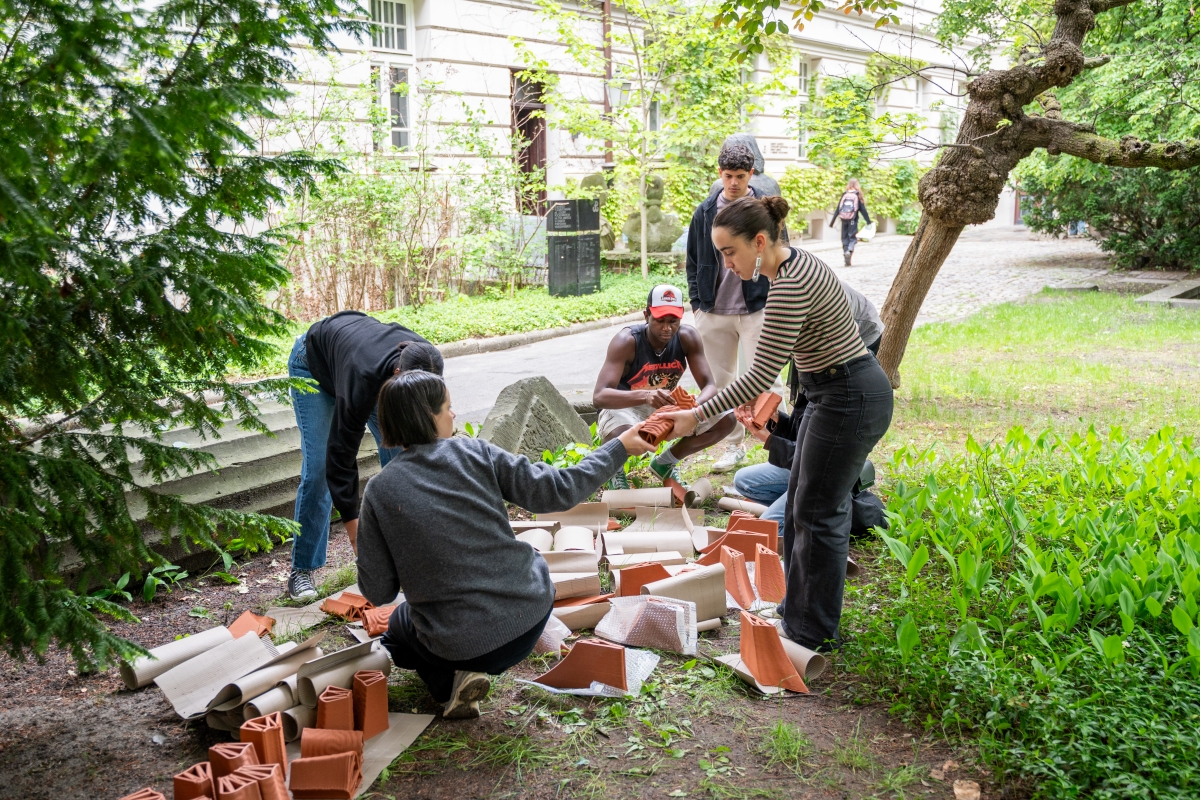
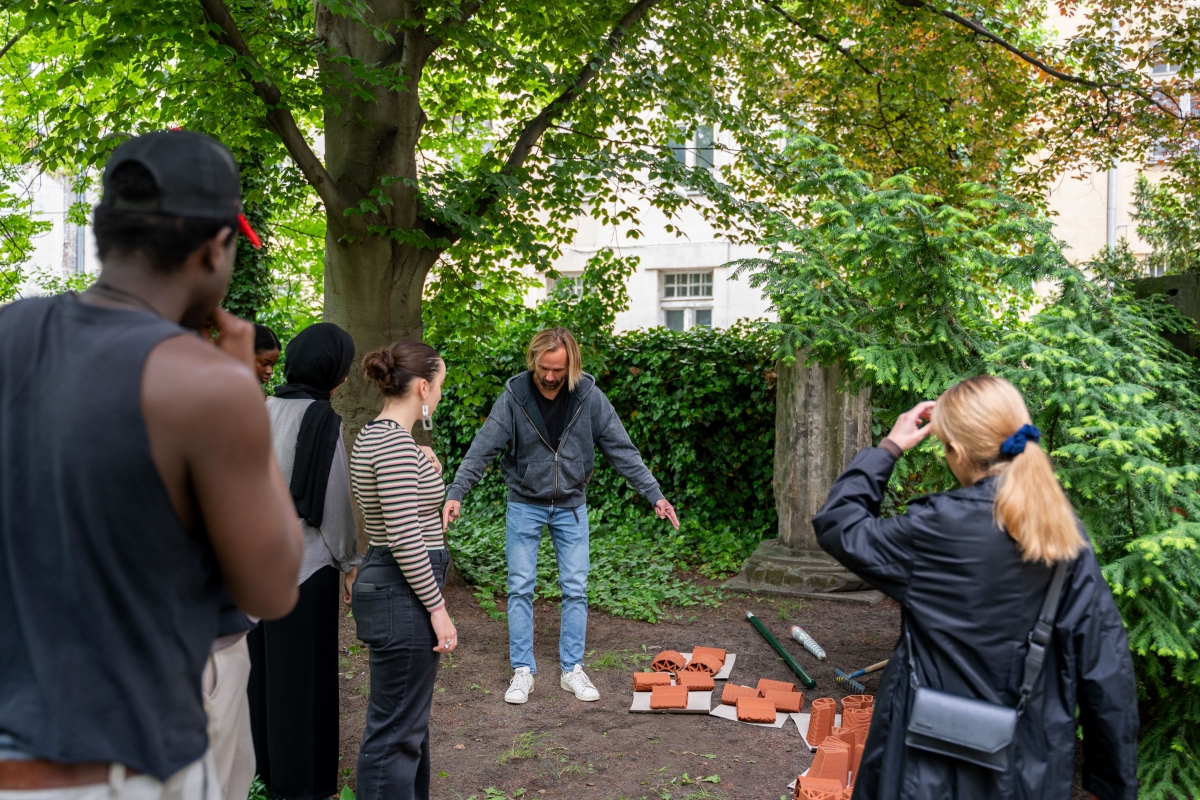
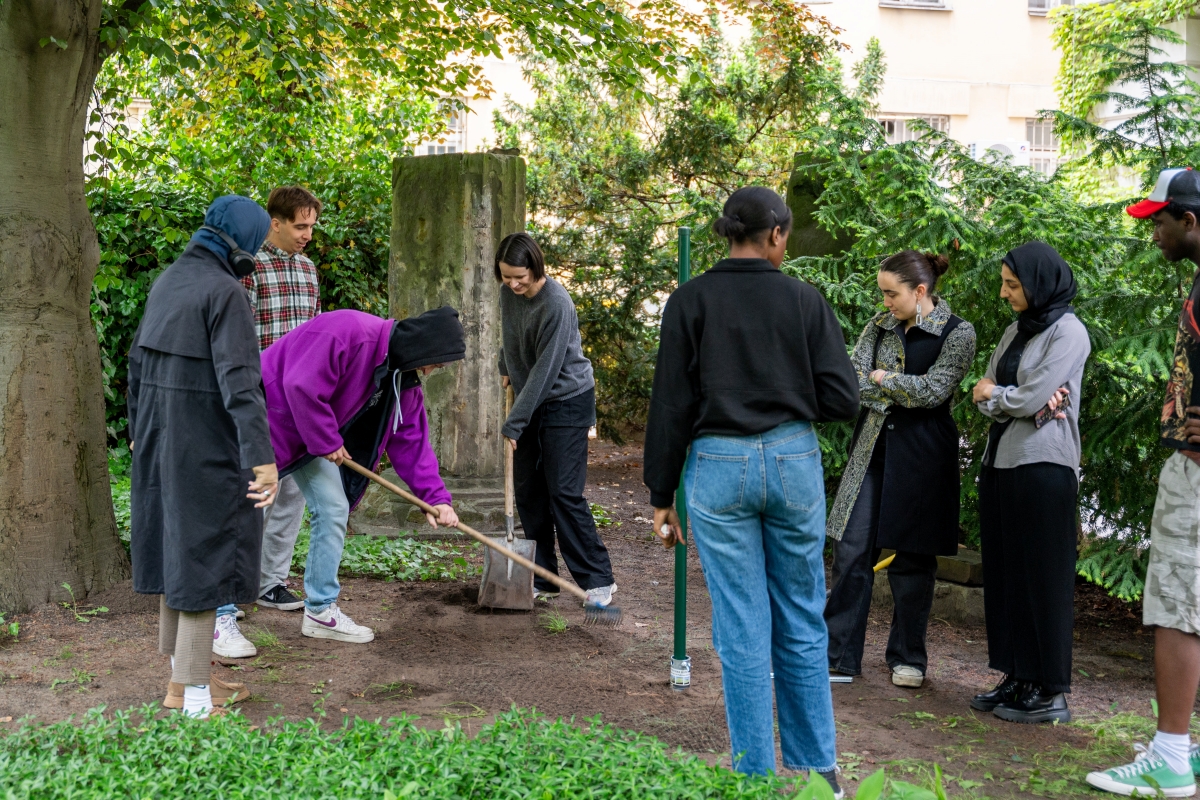
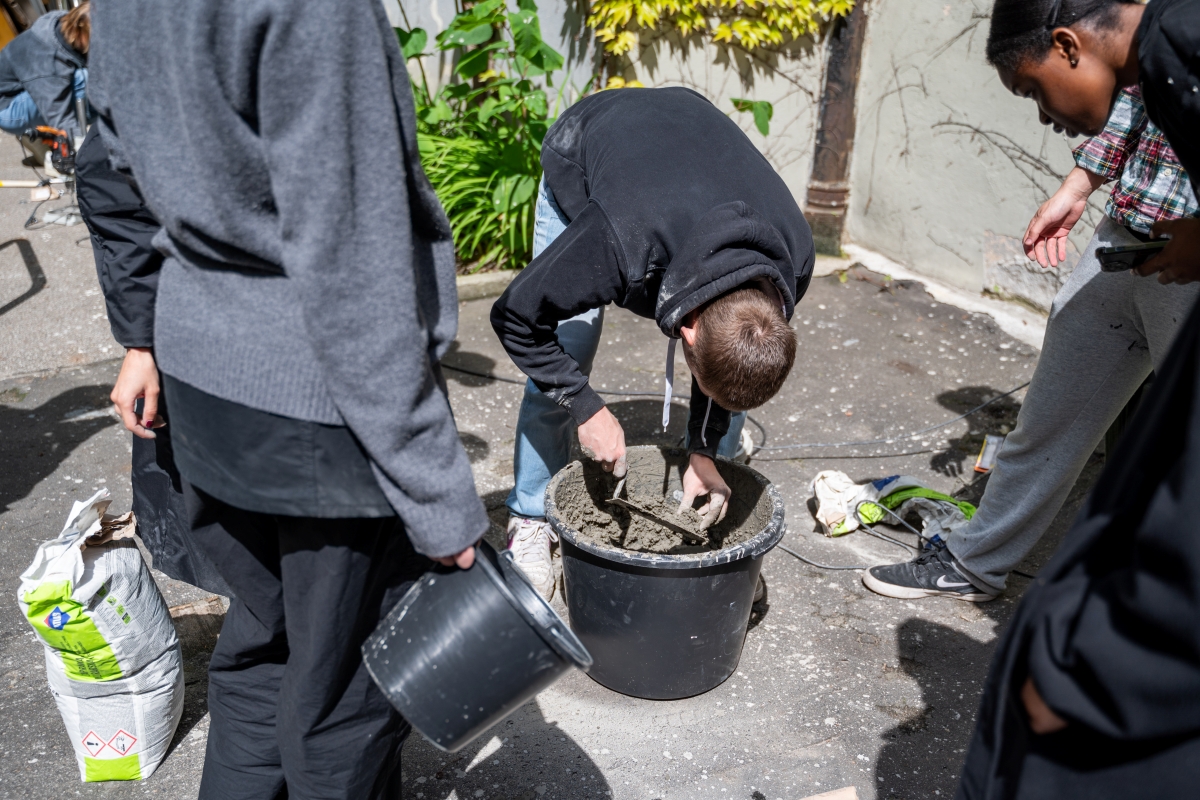
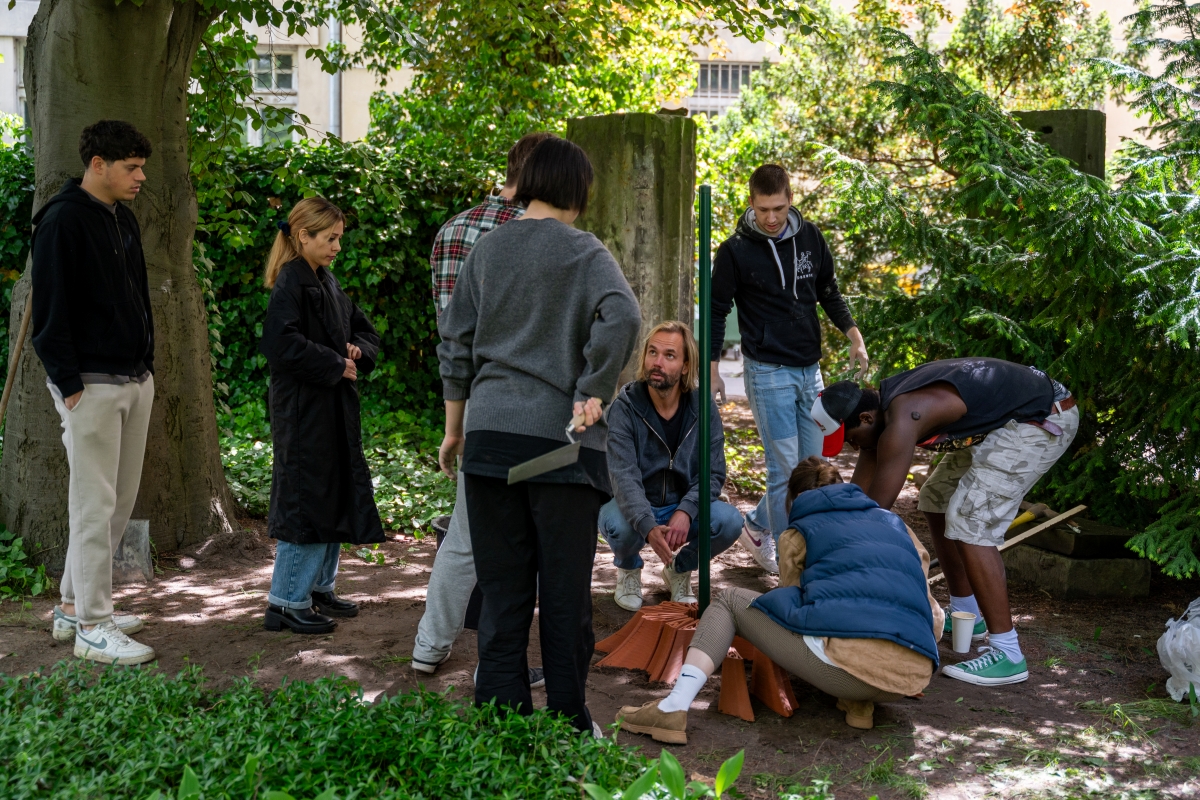
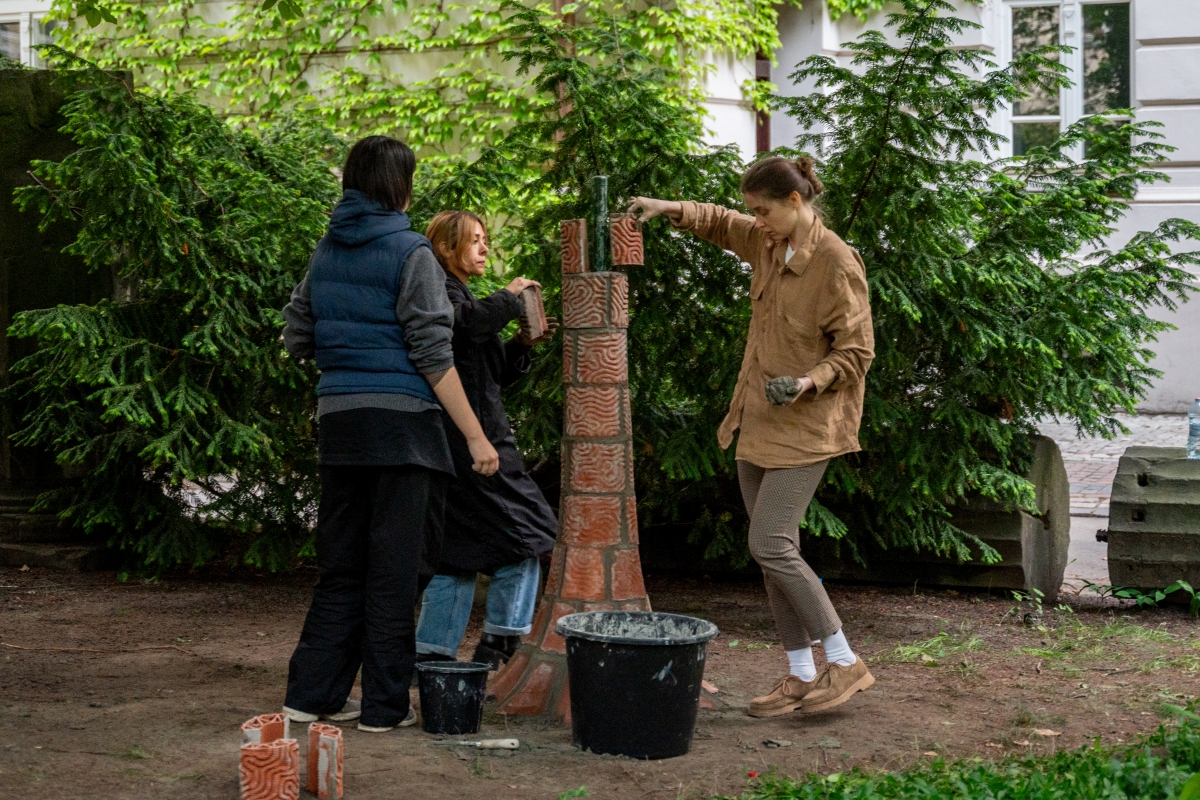
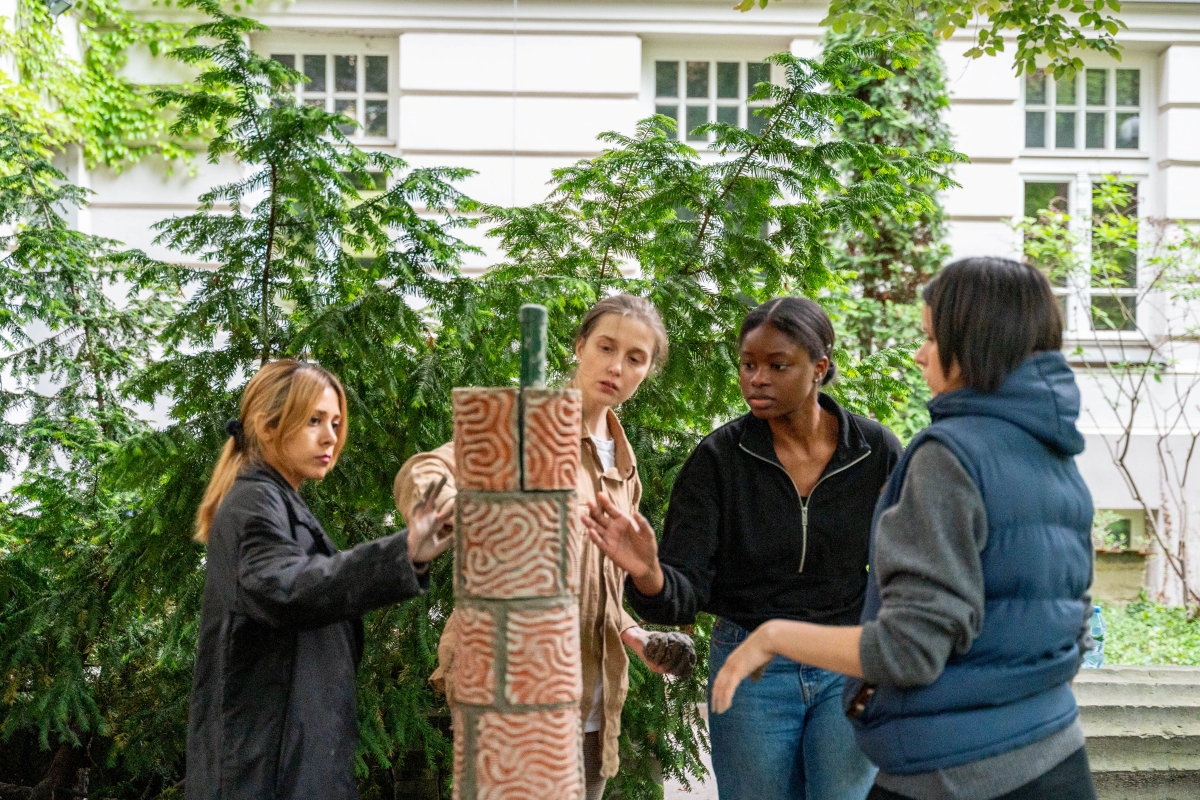
Academic team
Mikołaj Łątkowski
Social researcher and cultural studies scholar. Lecturer at SWPS University, specializing in design research
Marcin Strzała
